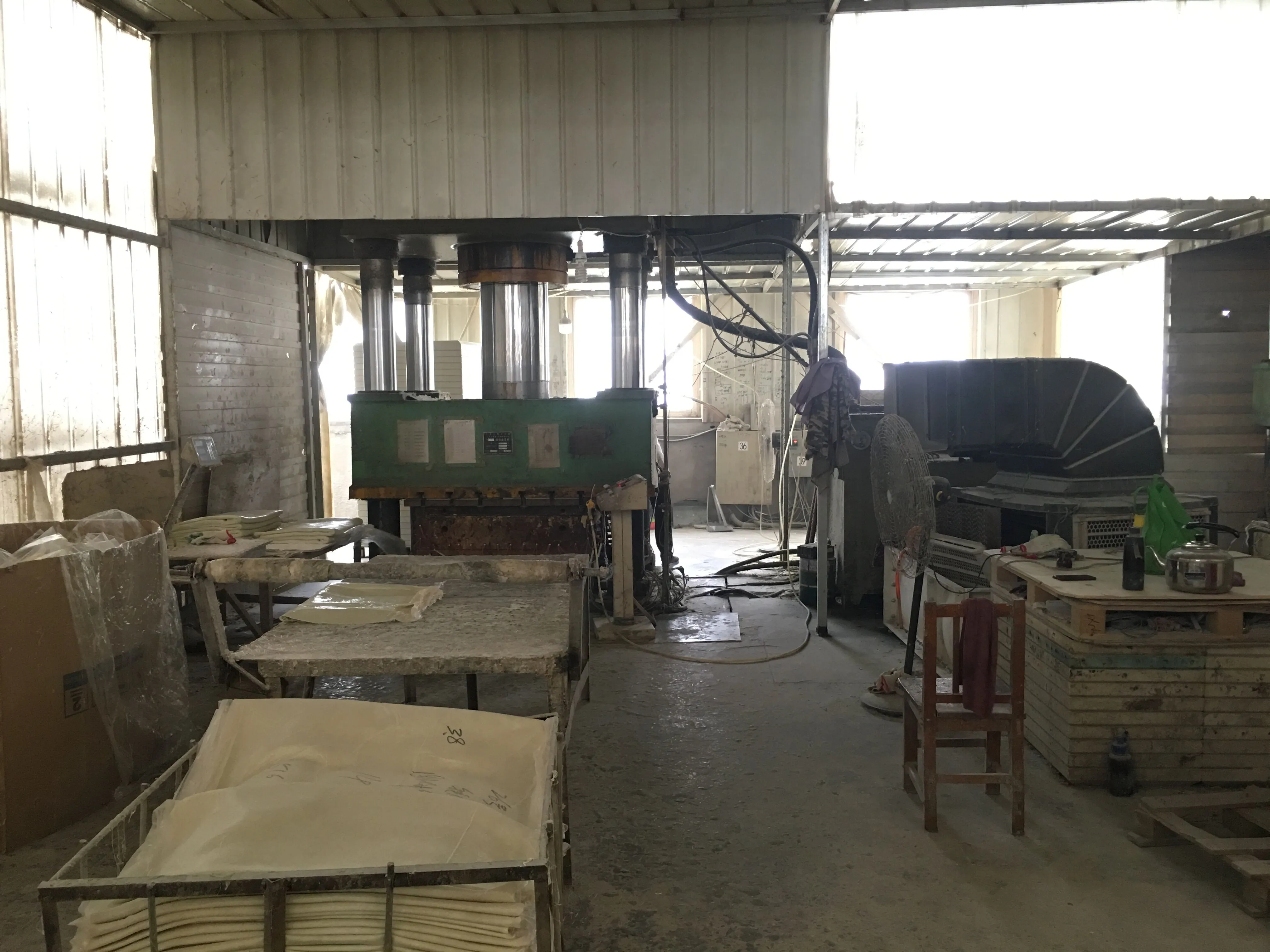loading...
- No. 9, Xingyuan South Street, Dongwaihuan Road, Zaoqiang County, Hengshui, Hebei, China
- admin@zjcomposites.com
- +86 15097380338
- Welcome to visit our website!
Enhanced Water Storage Solutions for Efficient Resource Management
Understanding GRP Water Storage Tanks An Overview
In recent years, the need for efficient water storage solutions has become increasingly critical due to population growth, urbanization, and the importance of sustainable water management practices. One innovative solution that has gained popularity is the Glass Reinforced Plastic (GRP) water storage tank. This article provides insight into what GRP water storage tanks are, their benefits, applications, and maintenance considerations.
What are GRP Water Storage Tanks?
GRP water storage tanks are made from a composite material that combines glass fibers with a resin to produce a durable and lightweight structure. The manufacturing process involves layering glass fibers in a resin matrix, which provides exceptional strength and resistance to environmental factors. GRP tanks come in various shapes and sizes, ranging from small units that can be installed in residential areas to large tanks used in industrial applications.
Benefits of GRP Water Storage Tanks
1. Durability and Longevity One of the primary advantages of GRP tanks is their durability. They are resistant to corrosion, UV radiation, and chemical damage, ensuring that they can withstand harsh environmental conditions. This durability translates into a long lifespan, often exceeding that of traditional steel or concrete tanks.
2. Lightweight and Easy to Install Unlike heavy materials such as concrete or steel, GRP tanks are lightweight, making them easier to transport and install. This feature reduces installation costs and minimizes the need for heavy machinery during setup.
3. Non-Toxic and Hygienic GRP tanks are constructed using food-grade materials that ensure the water stored remains clean and safe for consumption. Additionally, GRP tanks do not promote bacterial growth, which is essential for maintaining water quality.
4. Cost-Effectiveness While the initial investment in a GRP tank may be higher compared to traditional materials, the long-term savings associated with maintenance, replacement, and operational costs make GRP an economically advantageous choice.
5. Versatility GRP tanks can be customized in size and design to meet specific requirements. They can be manufactured in various capacities, making them suitable for a wide range of applications, from residential to commercial and industrial uses.
grp water storage tanks

Applications of GRP Water Storage Tanks
GRP water storage tanks are utilized in various sectors, showcasing their versatility
- Residential Homes Many homeowners choose GRP tanks for rainwater harvesting or emergency water storage due to their efficient use of space and durability.
- Commercial Installations Businesses requiring reliable water supply systems, such as hotels, restaurants, and factories, often opt for GRP tanks for storing water for domestic use or fire protection.
- Agriculture In farming sectors, GRP tanks are used for irrigation systems, livestock watering, and pesticide mixing, providing a practical solution to water storage needs.
- Industrial Applications Industries handling chemicals or requiring significant water supplies for operations rely on GRP tanks due to their resistance to corrosion and chemical interactions.
Maintenance Considerations
To ensure the longevity and efficiency of GRP water storage tanks, regular maintenance is essential. Routine inspections for signs of wear, damage, or leaks should be conducted. Additionally, cleaning the tank periodically will help maintain water quality and hygiene. It's essential to follow the manufacturer's guidelines regarding maintenance schedules and procedures to maximize the lifespan of the tank.
Conclusion
GRP water storage tanks represent a modern solution to the challenges of water storage in today's world. Their durability, ease of installation, hygienic properties, and cost-effectiveness make them an excellent choice for various applications. As society continues to prioritize sustainable water management, the adoption of GRP tanks is likely to grow, contributing to more efficient and reliable water storage solutions for communities and industries alike. Embracing technologies like GRP tanks is not just a choice for today but a commitment to a sustainable future.
-
The Rise of FRP Profiles: Strong, Lightweight, and Built to LastNewsJul.14,2025
-
SMC Panel Tanks: A Modern Water Storage Solution for All EnvironmentsNewsJul.14,2025
-
GRP Grating: A Modern Solution for Safe and Durable Access SystemsNewsJul.14,2025
-
Galvanized Steel Water Tanks: Durable, Reliable, and Ready for UseNewsJul.14,2025
-
FRP Mini Mesh Grating: The Safer, Smarter Flooring SolutionNewsJul.14,2025
-
Exploring FRP Vessels: Durable Solutions for Modern Fluid HandlingNewsJul.14,2025
-
GRP Structures: The Future of Lightweight, High-Performance EngineeringNewsJun.20,2025
